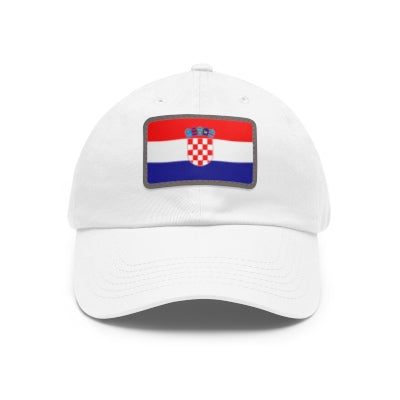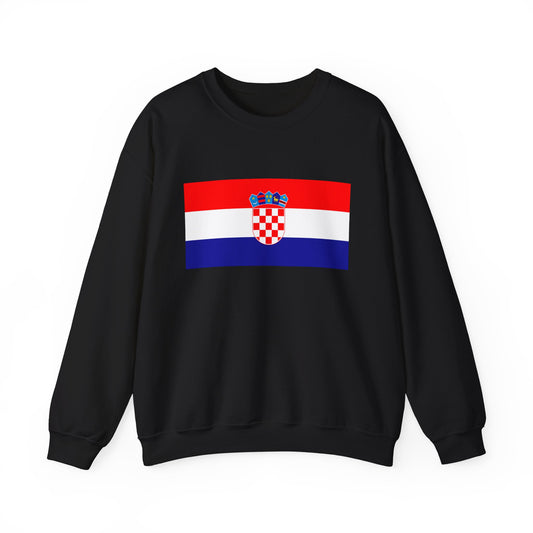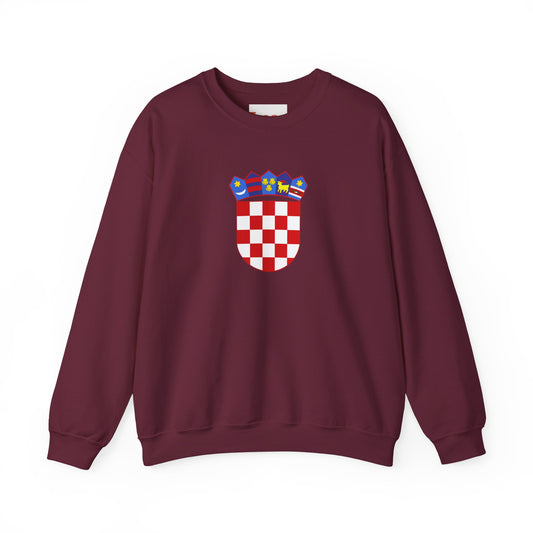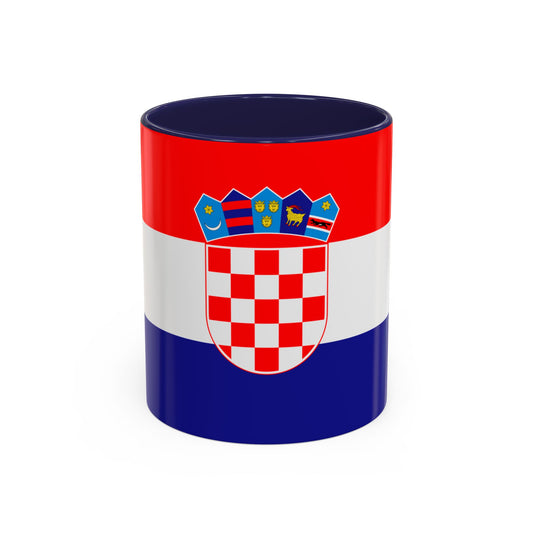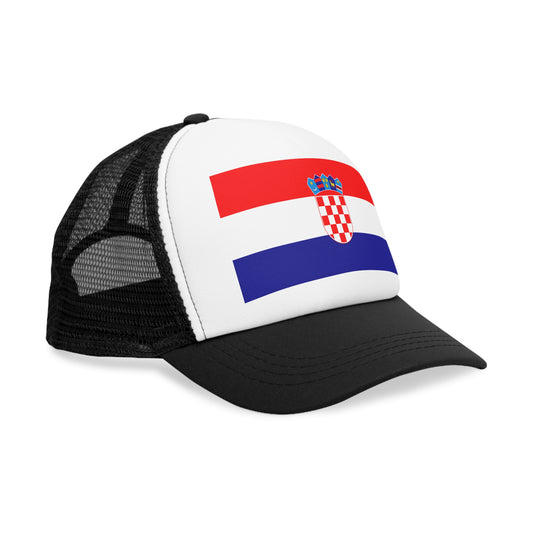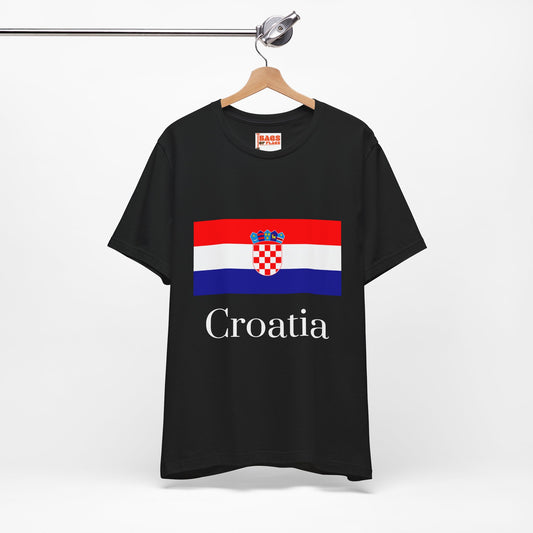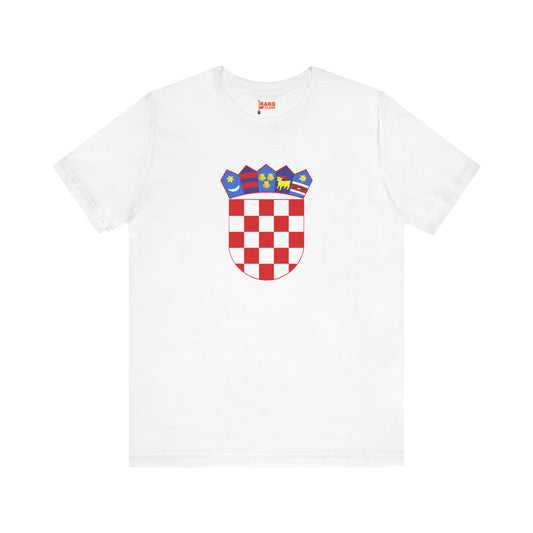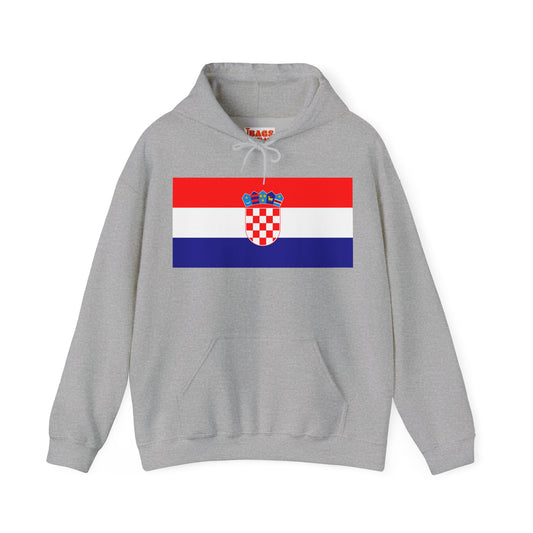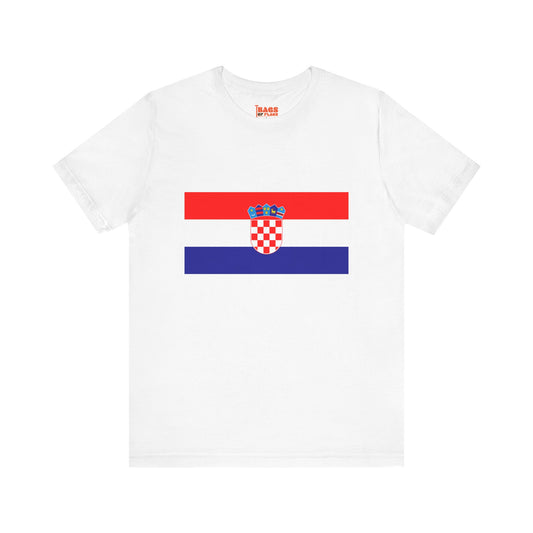-
Croatia Leather Patch Hat
Regular price $18.85 USDRegular priceUnit price / per -
Croatia Pillow
Regular price $22.65 USDRegular priceUnit price / per -
Croatia Backpack
Regular price $59.79 USDRegular priceUnit price / per -
Croatia Flag Sweatshirt
Regular price $34.15 USDRegular priceUnit price / per -
Croatia Inspired Sweatshirt
Regular price $34.15 USDRegular priceUnit price / per -
Croatia Sweatshirt
Regular price $34.15 USDRegular priceUnit price / per -
Croatia Mug
Regular price $11.65 USDRegular priceUnit price / per -
Croatia Trucker Cap
Regular price $14.90 USDRegular priceUnit price / per -
Croatia Hoodies
Regular price $32.77 USDRegular priceUnit price / per -
Croatia Coat-of-Arms Hoodie
Regular price $34.40 USDRegular priceUnit price / per -
Croatia T-shirts
Regular price $22.79 USDRegular priceUnit price / per -
Croatia Coat-of-Arms T-shirt
Regular price $22.79 USDRegular priceUnit price / per -
Croatia Flag on Hoodie
Regular price $34.40 USDRegular priceUnit price / per -
Croatia Flag on T-shirt
Regular price $22.79 USDRegular priceUnit price / per
Collection: Croatia
The Croatian flag symbolizes national pride and identity for the Croatian people. With its distinctive red, white, and blue colors, the flag stands out as a powerful emblem of the country's history and culture. We will explore the controversies and protocols surrounding the Croatia flag, its design, historical context, symbolism, current relevance, and additional interesting facts.
Overview of the Croatia Flag

The Croatia flag features a striking combination of three horizontal stripes, each of equal width, showcasing red at the top, white in the middle, and blue at the bottom. This tricolor scheme is visually appealing and imbued with deep significance, representing the enduring spirit and values of the Croatian people.
Anchored at the center of the flag lies the country's coat of arms, which includes the distinctive red and white checkerboard pattern known as the šahovnica, flanked by five smaller historical shields. Together, these elements create a complex symbol that reflects the nation's past and aspirations for the future. The coat of arms adds a unique Croatian identity to the universal tricolor design, distinguishing it from other national flags and underscoring Croatia's rich cultural heritage and sovereignty.
Historical Context of the Croatia Flag

Adopted on December 21, 1990, amidst the tumultuous period leading to Croatia's independence from Yugoslavia, the national flag symbolizes the culmination of a centuries-long quest for sovereignty and identity. The tricolor design, which incorporates red, white, and blue, has roots that stretch deep into the nation's past, echoing a tradition that dates back to the medieval Kingdom of Croatia. This historical backdrop is crucial in understanding the flag's contemporary significance.
Throughout the centuries, the Croatian people have rallied under various flags that bore red, white, and blue, each iteration reflecting the political and social climates of its time. The decision to adopt this design in 1990 was a deliberate nod to these historical national unity and independence symbols. The addition of the coat of arms, featuring the šahovnica and five smaller historical shields, further solidified the connection between Croatia's rich past and its aspirations for the future.
This adoption period was marked by significant national upheaval as Croatia sought to affirm its identity on the world stage. The flag, therefore, stands not just as a symbol of national pride but as a beacon of resilience and determination through the country's transformative journey to independence. Its adoption was a pivotal moment that underscored the culmination of Croatia's long-held aspirations for sovereignty, serving as a testament to the enduring spirit of the Croatian people.
Symbolism Behind the Croatia Flag
The Croatia flag's tricolor palette encapsulates the Croatian people's core values and aspirations. The choice of red echoes the nation's courage and the sacrifices made throughout its history, particularly during the struggle for independence. White serves as a beacon of purity and peace, symbolizing the unity and harmony that binds the diverse ethnic groups within Croatia. The shade of blue reflects the country's deep connection to the Adriatic Sea, embodying the ideals of freedom and hope and celebrating Croatia's rich maritime traditions.
At the heart of the flag, the coat of arms, featuring the iconic checkerboard pattern, holds a place of prominence. This element, known as the šahovnica, is a direct link to the medieval Croatian kingdoms and a powerful reminder of the country's storied past and longstanding quest for sovereignty. The presence of the five smaller historical shields alongside the checkerboard further enriches the flag's symbolism, each representing a distinct aspect of Croatia's heritage and embodying the enduring spirit and resilience of the Croatian people. Together, these symbols weave a narrative of national identity, pride, and the collective memory of a country that has navigated a complex historical journey toward independence and self-determination.
Current Relevance of the Croatia Flag
Today, the Croatia flag is ubiquitous at many events, prominently displayed in settings ranging from official state ceremonies to international sports competitions, symbolizing national unity and pride. Its usage extends beyond formal governmental contexts. It becomes a focal point during national celebrations, particularly on Croatian Independence Day, when citizens worldwide display the flag to commemorate their nation's history and achievements.
The flag is accorded high honors in the military, with specific protocols dictating its presentation and handling during parades and memorial services. This reinforces its role as a symbol of the nation's sovereignty and the sacrifices for its freedom. Despite its widespread acceptance and use, the flag has occasionally sparked debates and discussions, particularly concerning its historical associations and representation in varied political contexts. These debates underscore the complex relationship between national symbols and collective memory, highlighting the ongoing dialogue about Croatia's identity and heritage. Nevertheless, the flag remains a powerful emblem of Croatian unity, resilience, and the shared values that bind the nation together.
Additional Facts About the Croatia Flag
The protocols for displaying and caring for the Croatian flag are detailed and respected, underlining its significance in culture and governance. Among these, it is stipulated when the flag may be raised, such as on national holidays and important state occasions, and how it should be folded and stored when not in use. Additionally, during official ceremonies, the flag is given a place of prominence, often accompanied by national anthems and salutes, to honor its symbolic value and the ideals it represents.
An exciting facet of the flag is its nickname, "Trobojnica," which succinctly captures the essence of its design - a tricolor representing unity, history, and national pride. The historical depth of the flag extends through centuries, with its colors and symbols as a constant reminder of Croatia's enduring quest for independence and sovereignty. This rich heritage ensures that the flag is not just a national emblem but a living piece of Croatia's storied past and dynamic present.


